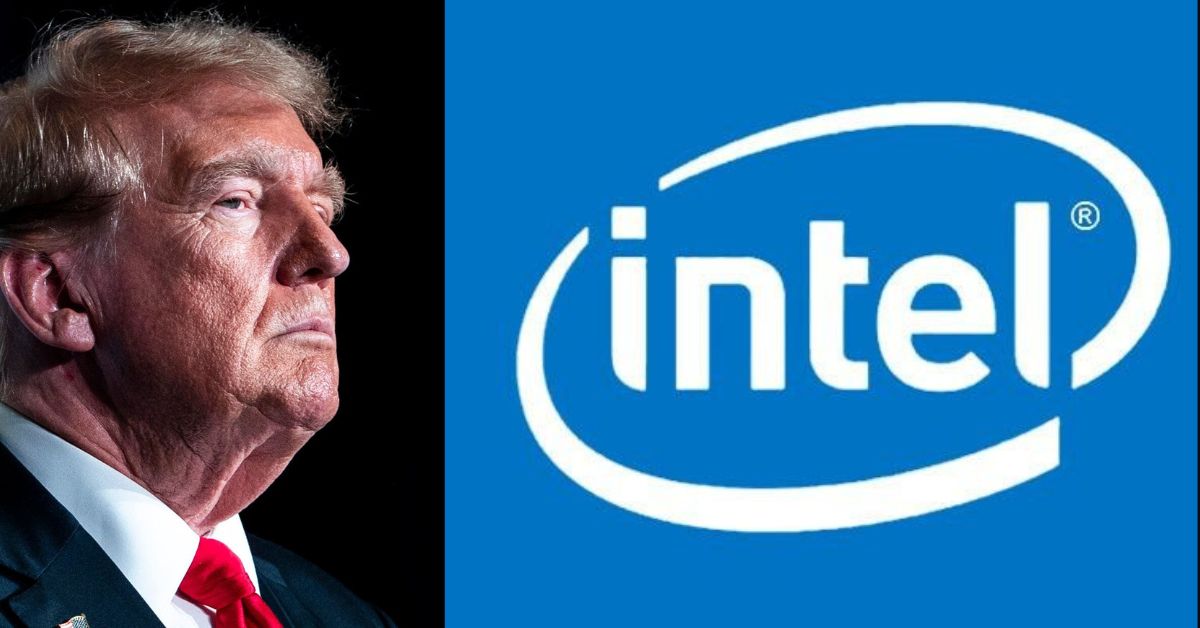WASHINGTON, D.C. — On Sunday, August 24, 2025, the Trump administration’s deal to convert $8.9 billion in CHIPS Act grants into a 10% equity stake in Intel has triggered widespread concerns about government overreach in the private sector. The move, reported by Bloomberg, marks a rare shift in U.S. industrial policy, positioning the government as one of Intel’s largest shareholders and raising questions about corporate independence.
The agreement, finalized Friday, uses $5.7 billion in previously awarded but unpaid CHIPS Act funds and $3.2 billion from the Secure Enclave program to purchase 433.3 million non-voting shares at $20.47 each. Commerce Secretary Howard Lutnick, a key architect of the deal, argued, “We should get an equity stake for our money,” framing it as a taxpayer benefit. However, critics, including some Republicans, see it as a dangerous precedent. “This starts feeling like a semi-state-owned enterprise,” Sen. Thom Tillis (R-N.C.) told Bloomberg, warning of risks to free-market principles.
Key concerns include:
- Potential politicization of Intel’s corporate governance.
- Legal questions about converting CHIPS Act grants, originally non-dilutive, into equity.
- Fears of stifled innovation due to government influence.
Intel, struggling with $22.7 billion in losses over the past 18 months, welcomed the deal. CEO Lip-Bu Tan expressed gratitude, stating, “We look forward to working to advance U.S. technology leadership.” The administration insists the stake is passive, with no board representation. Yet, analysts warn that Trump’s broader interventionist approach, including similar deals with Nvidia and MP Materials, could deter investors and disrupt market dynamics. As Intel ramps up its $100 billion U.S. manufacturing expansion, the debate over government involvement in strategic industries continues to intensify, with legal challenges looming.
Source: Bloomberg
Author
-

Connor Walsh is a passionate tech analyst with a sharp eye for emerging technologies, AI developments, and gadget innovation. With over a decade of hands-on experience in the tech industry, Connor blends technical knowledge with an engaging writing style to decode the digital world for everyday readers. When he’s not testing the latest apps or reviewing smart devices, he’s exploring the future of tech with bold predictions and honest insights.







